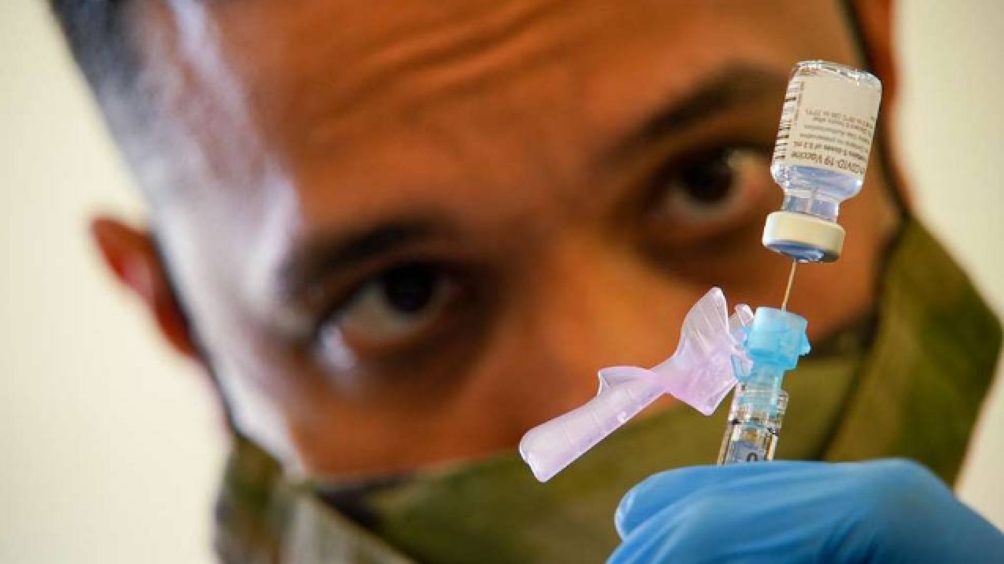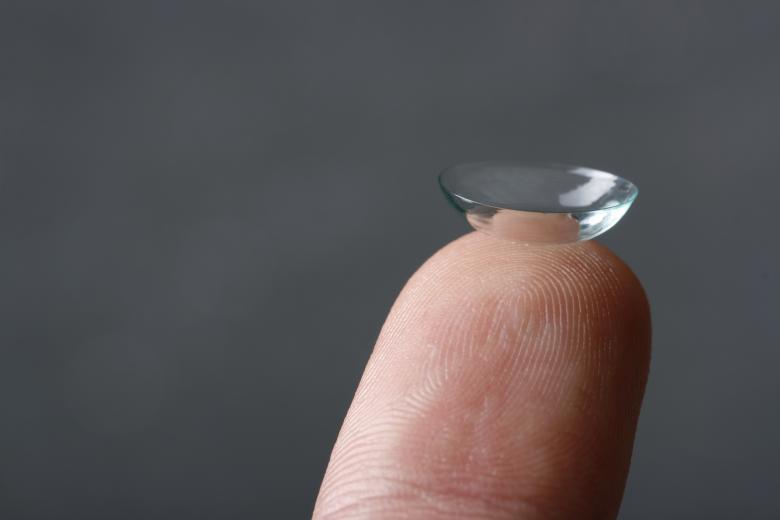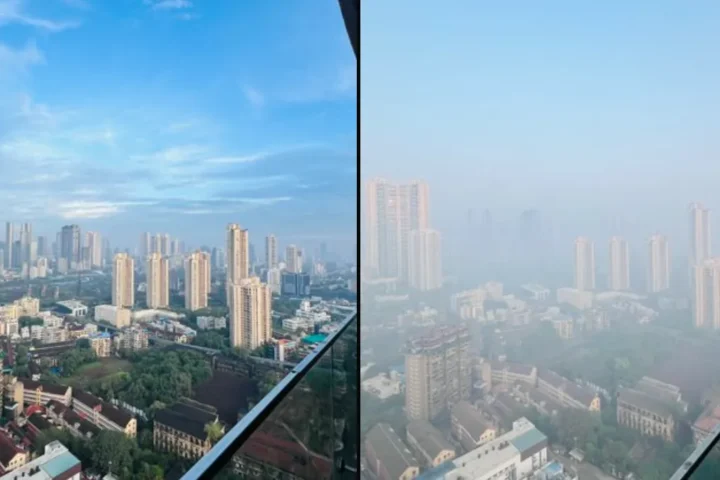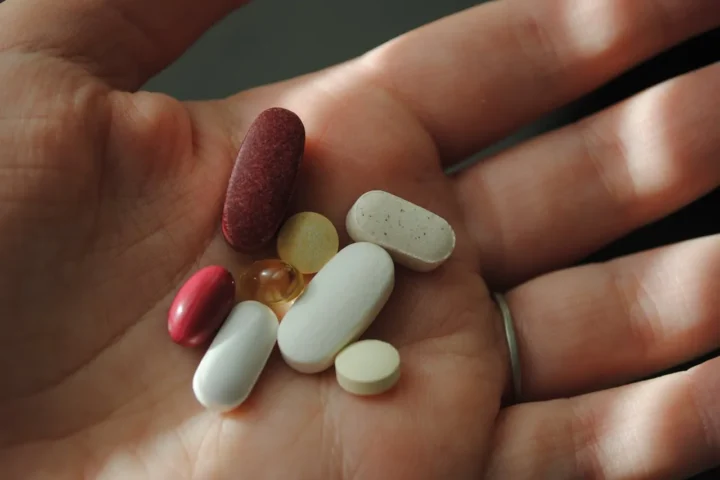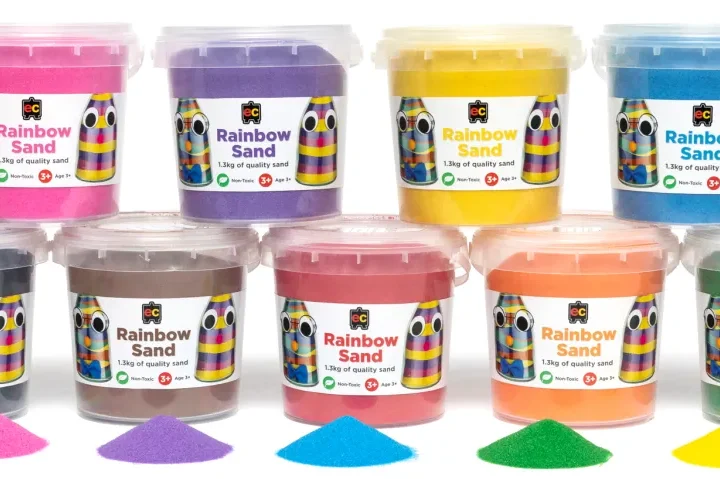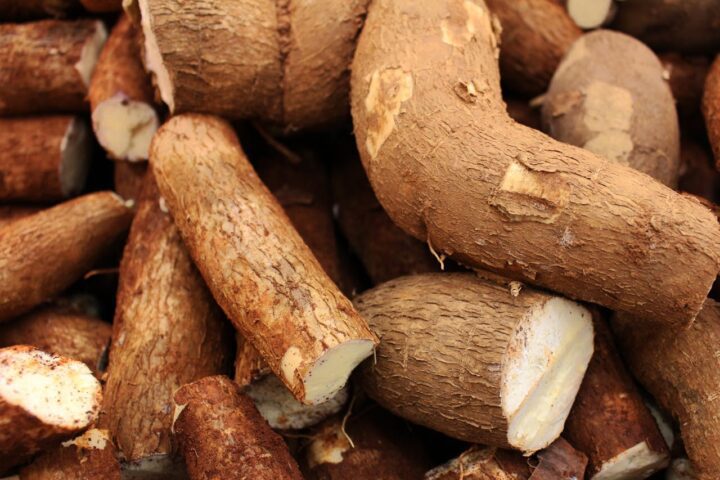Scientists have found a way to make vaccines work better by tricking our immune system. A team from University of Copenhagen worked with a company called AdaptVac to create something that looks like a virus but isn’t dangerous.
Regular vaccines tell your body to make a single piece of a virus so your immune system learns what to fight. But these scientists went further. They made the vaccine tell your body to build that piece AND wrap it in something that looks like a complete virus.
Your immune system sees this fake virus and responds much stronger than normal. It thinks a real virus is attacking, so it fights back harder. The good part is these fake viruses can’t actually hurt you because they don’t have the genetic material that makes you sick.
The researchers tested this on mice and saw strong results. The animals made more antibodies and they lasted longer Virus-like particles (VLPs)-based vaccines against COVID-19: Where do we stand amid the ongoing evolution of SARS-CoV-2? – ScienceDirect. This could mean people might need fewer shots to stay protected.
How safe is this approach? Doctors have been using virus-like particles in vaccines for years. Several approved vaccines already use this technology, including shots for hepatitis B and human papillomavirus Advances and challenges in enveloped virus-like particle (VLP)-based vaccines | VLP. Like any vaccine, VLPs can cause side effects such as pain and swelling at the injection site Advances and challenges in enveloped virus-like particle (VLP)-based vaccines | VLP.
What makes this new approach special is mixing the fake virus idea with mRNA technology. mRNA vaccines became well-known during COVID because they could be made quickly. Now scientists are combining the speed of mRNA with the power of virus-like particles.
The team is already working on a vaccine for Nipah virus, which is on the WHO’s list of potential future pandemic threats Virus-like particles (VLPs)-based vaccines against COVID-19: Where do we stand amid the ongoing evolution of SARS-CoV-2? – ScienceDirect. Right now there’s no approved vaccine for it.
Human testing is expected to be ready within the next few years Virus-like particles (VLPs)-based vaccines against COVID-19: Where do we stand amid the ongoing evolution of SARS-CoV-2? – ScienceDirect. If it works like it did in mice, we might get vaccines that protect us longer with fewer shots. That would save money and make it easier to vaccinate everyone.
Other scientists are doing similar work around the world. They’re testing virus-like particle vaccines for various diseases including malaria, influenza, and cancer The LancetHeliyon. Some companies have already tested virus-like particle vaccines in people with good safety results.
Similar Posts
The technology could be helpful for vaccination programs. If vaccines last longer and need fewer doses, it’s easier and less expensive to protect populations. During a pandemic, that could make a big difference.
There are still challenges. Making these complex vaccines costs more than simple ones, and production and fabrication challenges must be addressed before VLP-based approaches can be widely used Virus Like Particle Vaccine – an overview | ScienceDirect Topics.
But the research looks promising. The immune response to VLP vaccines tends to strike a good balance between vaccine effectiveness while maintaining a strong vaccine safety profile.
One study in the Netherlands tested a COVID vaccine made with virus-like particles and people tolerated it well. Another trial found that immunization with a virus-like particle vaccine was well tolerated, safe, and resulted in a functional immune response.
The approach might work better for diseases that have been difficult to vaccinate against. Some pathogens are good at avoiding our immune system, but this stronger response might be more effective.
Scientists think this could change how we make vaccines for the future. Instead of waiting months to develop new shots when a pandemic hits, they could use this platform to create effective vaccines more quickly.

The research was published in Nature Nanotechnology Virus-like particles (VLPs)-based vaccines against COVID-19: Where do we stand amid the ongoing evolution of SARS-CoV-2? – ScienceDirect. Other researchers will likely start working on similar ideas now that they’ve seen it can work.
What’s exciting is this isn’t just about one disease. The platform could be adapted for different viruses. If a new pathogen emerges, scientists could potentially have a strong vaccine ready faster than with traditional methods.
